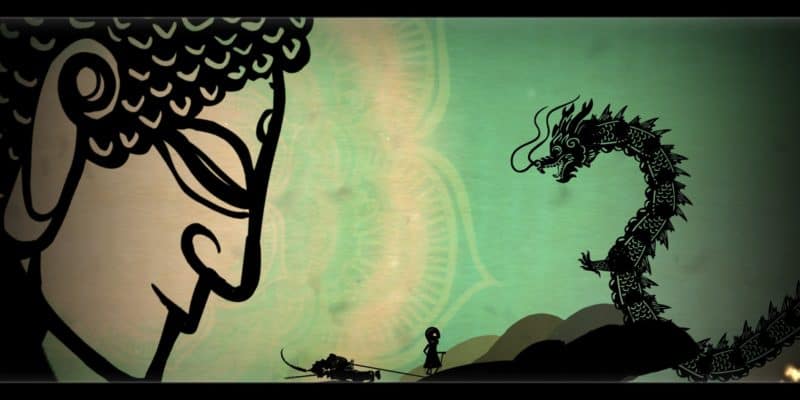
I love to be surprised by indie games. Puzzle-platformers, in particular, are great for finding unique ideas and stories that create lasting impressions. Projection: First Light is a shorter game like most of its brethren, and there’s a certain amount of wonkiness to its mechanics. However, it’s got a lot of heart, a fantastic presentation, really cool central mechanics, and a very enjoyable story that all come together to elevate the experience.
Projection: First Light tells the story of Greta, a troublesome Indonesian child. At the game’s start, she manages to piss off many of the people around her while chasing a glowing butterfly before finally capturing it. Once it’s in her possession, however, her recklessness catches up to her and her parents ground her. But the butterfly escapes and leads her out of the house and on a globe-trotting adventure. Every character and object in the game is an inky shadow puppet or object, and new backdrop sets are constantly put into place in the background. Characters even have strings connected to them. It’s quite charming.
She travels from her Indonesian town to China, Turkey, and England. Likewise, each of these locations has its own story. Whether Greta is helping an archer take down a bandit that’s been terrorizing their village or trying her best to keep up with Sun Wukong, the plot is always moving in entertaining ways. And it does all this without a single line of dialogue or word spoken. Most communication is done via pantomime, and it’s very impressive how engaging the story in Projection: First Light is in spite of this.
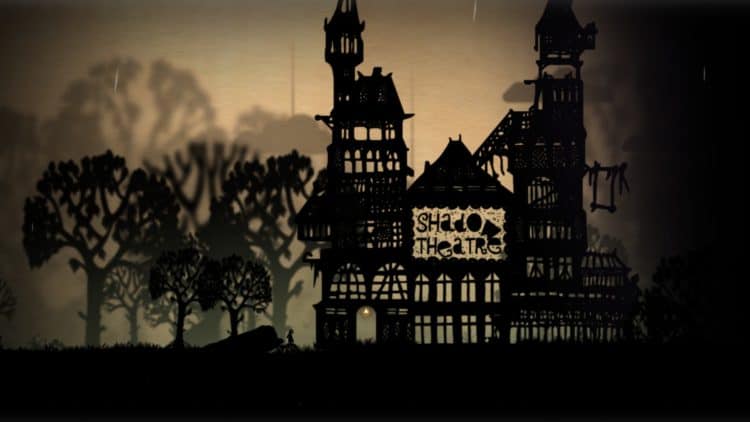
Hit the lights
Early on, Greta acquires the only thing that assists her: a floating ball of light. She can’t do much on her own, though. She can jump and carry certain objects, but she’s just a kid. You’ll control the ball of light with either your mouse or right analog stick. I strongly suggest the mouse though, as the added precision makes the gameplay much better. Trying to move the light with the analog stick, while functional, just can’t compete with the minute details afforded by mouse control.
You must be wondering what’s so special about this ball of light in Projection: First Light. It can be moved freely anywhere on the screen relative to Greta’s position. Once it gets close to certain elements, it creates shadows. For instance, aiming the light directly on top of an angled piece of ground will have a shadow spill over the side. Once in place, Greta can jump on or ride any resulting shadows. It starts simply enough by focusing mostly on making ramps and platforms, but you’ll often have to move it in order to carefully guide Greta through certain areas.
For instance, Greta will perish if she touches spikes. But if you shine your light underneath the platform the spikes are resting on, the resulting shadow will be enough for her to walk above them. You can then move the shadow to the side while having her walk as it moves in order to safely make it across. These mechanics can feel really tricky at first, but they become mostly second nature after a bit of time familiarizing yourself with them.
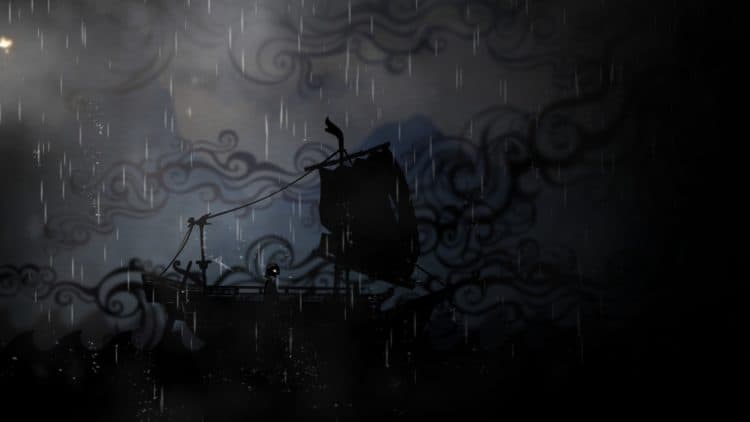
There’s a light (over at the Frankenstein place)
That’s not all there is to Projection: First Light‘s gameplay. The light is also used to light torches, which allow you to create temporary platforms that you’ll need to use in tandem with others you create yourself. There are also obstacles that can only be erased by hitting them with the light. You’ll also come across some more traditional puzzles, such as ones where you need to carry a jar to place on switches. Jars are also used to create shadows when there isn’t anything else around. Some of these puzzles can be quite clever.
You’ll also use the light to solve puzzles that Greta herself doesn’t need to interact with. These have you using shadows to move jars or stones by lifting them to get them from point A to point B. Some of these sections suffer from inconsistencies and precision issues with the shadow mechanics themselves, however. If you don’t place a shadow just right, objects will go through them or get locked in place. If you aim a shadow in the wrong way and block Greta, she similarly can’t move at all until any shadows are out of her way.
That shadow issue is especially problematic during the aforementioned stone and jar puzzles, as I frequently found that it was extremely difficult to get Projection: First Light to recognize when to allow these objects to be lifted. Nothing ever becomes so dysfunctional that it can’t be completed, but it can still be a sizable hassle to get the mechanics to behave in a way that allows you to achieve your goals. Precision is extremely important, as being off by the slightest bit will see shadows behaving in ways you absolutely won’t want.
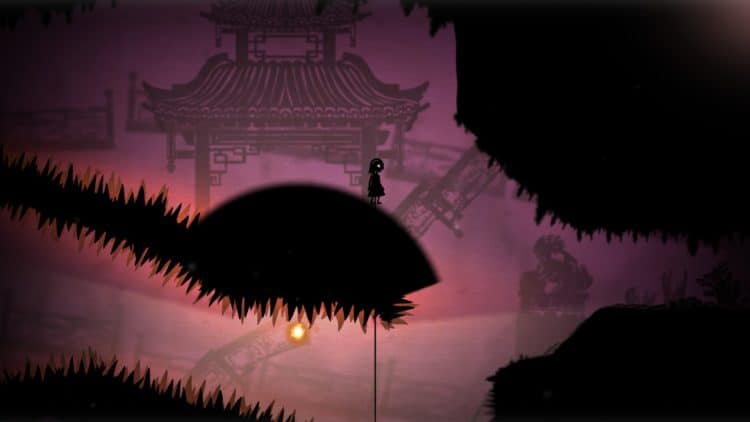
Don’t make me run
Projection: First Light is very consistent in regards to its pacing and the variety of gameplay on display. It’s generally a very relaxing, calm game that has some challenging sections but it isn’t particularly difficult. However, the game commits one of my cardinal gaming sins at the very end. This is the second game I’ve played this month where, upon reaching the end, the gameplay changes completely and becomes the obnoxious antithesis to what it was before. Specifically, the game has what amounts to a final boss sequence where Greta is running away from an enemy.
Despite how fair Projection: First Light always is regarding checkpoints before this point, this section is a somewhat lengthy, frustrating affair where making the slightest mistake means you have to start the entire encounter over from the beginning. Although I liked almost all of the game, I hated this part. I get having a climactic battle at the end, sure, but it’s not worth it if you end up making players have a bad time. And this section truly is a bad time.
But the ending was very emotional and I can’t hold that section against the game too much. Projection: First Light takes about five hours to get through, but will be shorter if you don’t try and get any extra butterflies. These can be found all over the levels and are akin to bonus challenges. There are 40 of them in total, but the game didn’t count them for me despite there being a 0/40 next to a picture of a butterfly on the file screen. And collecting butterflies doesn’t seem to do anything at all unless you get something special for 100% completion.
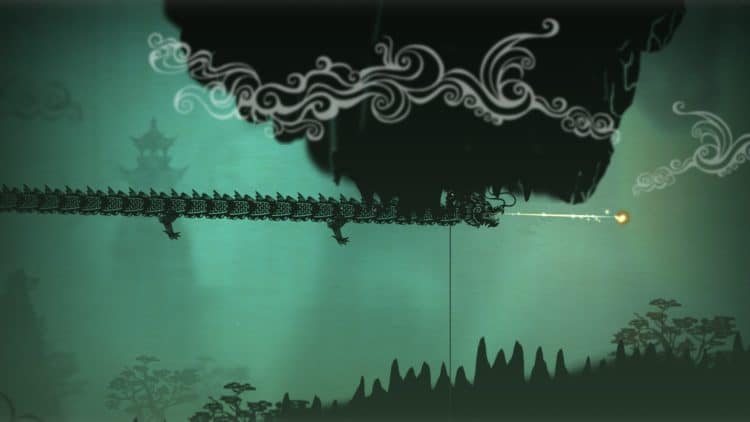
Carry the blessed home
Projection: First Light has some issues with the shadow mechanics, and it’s quite short and damaged a bit by an awful climactic sequence. However, the overall quality of the gameplay, visuals, and narrative are all high and come together for a unique, enjoyable experience. Fans of puzzle-platformers will undoubtedly find a very good entry here. It’s truly impressive how well a narrative experience can be crafted without a single line of dialogue, much like shadow puppetry itself.
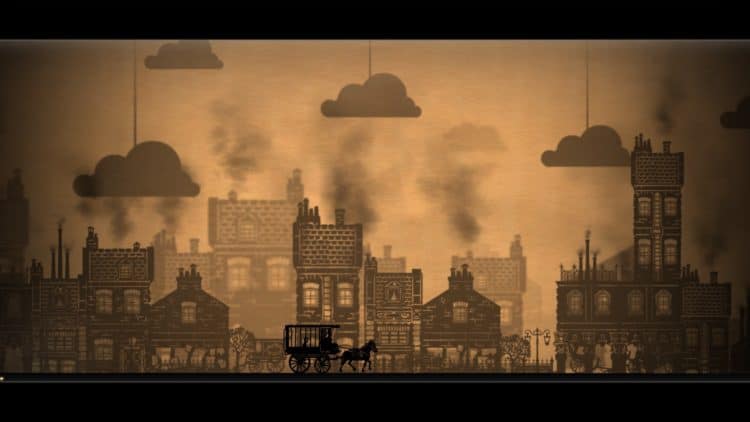
Projection: First Light
There might be some issues here and there, but this is a perfectly enjoyable puzzle-platformer with great pacing and enjoyable shadow platforming.

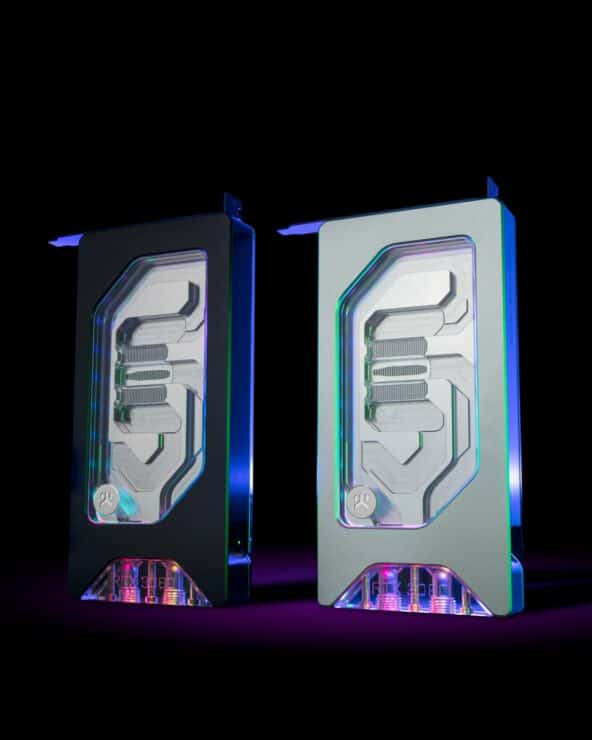

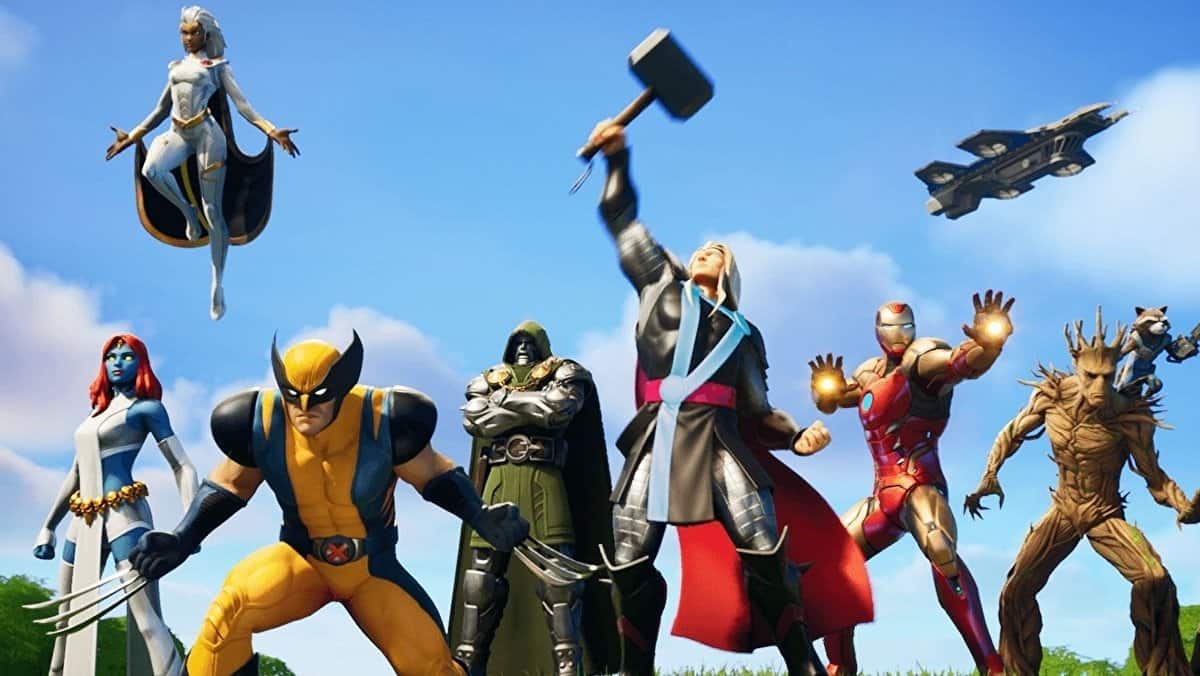

More Stories
Firefighting Simulator – The Squad review — Through the fire and the shame
Maid of Sker review — Death in the slow lane
PHOGS! review – It’s a dog-help-dog world out there